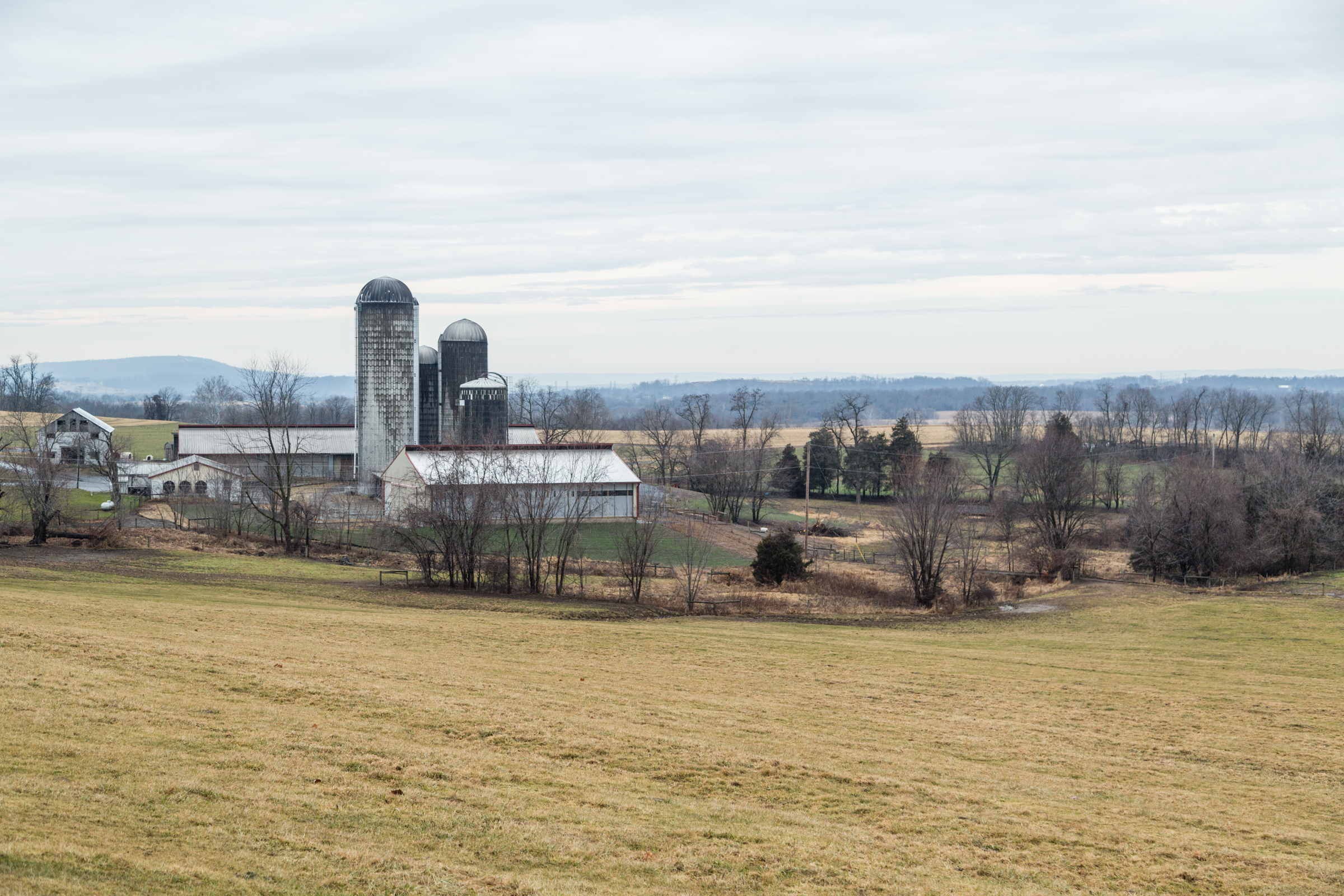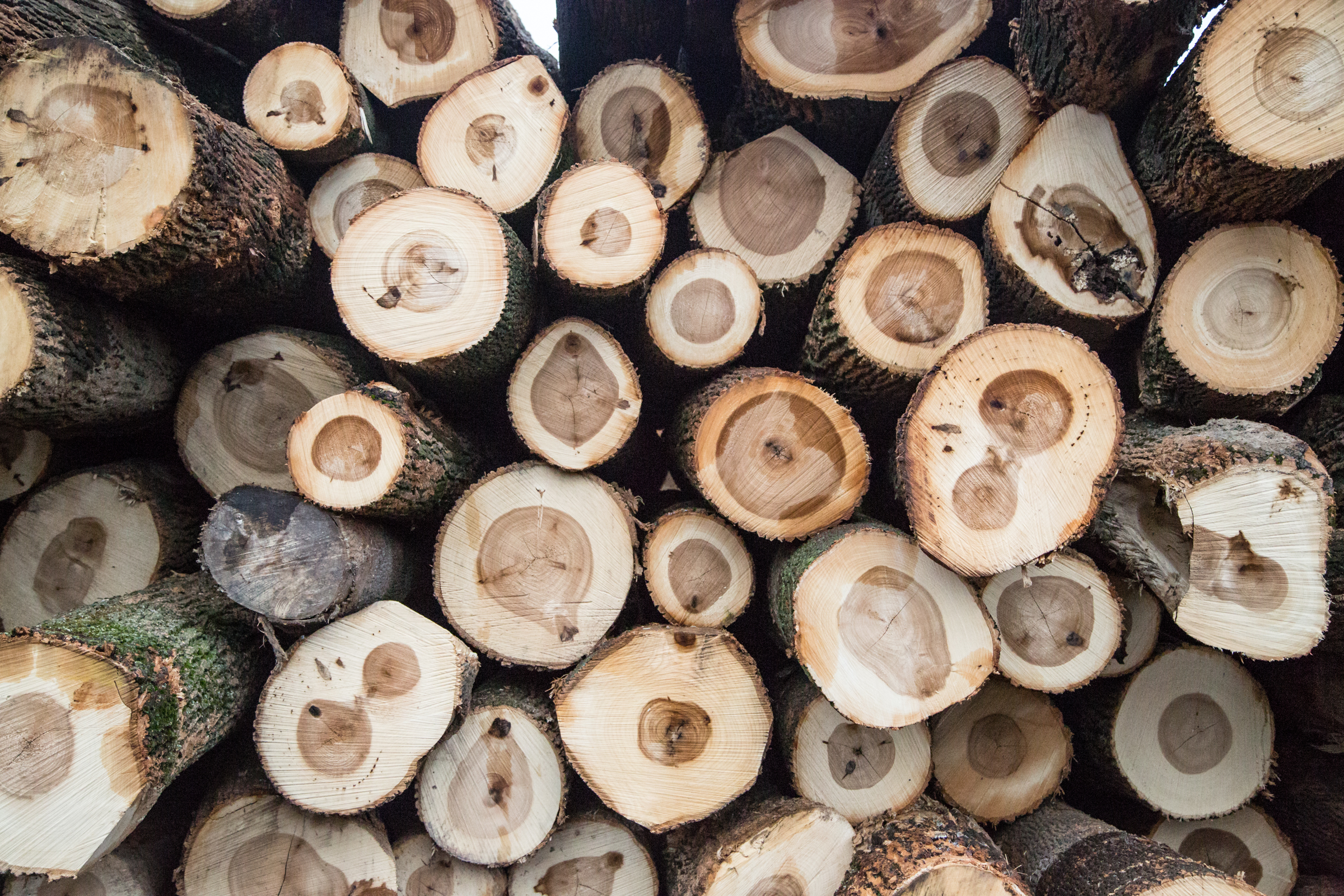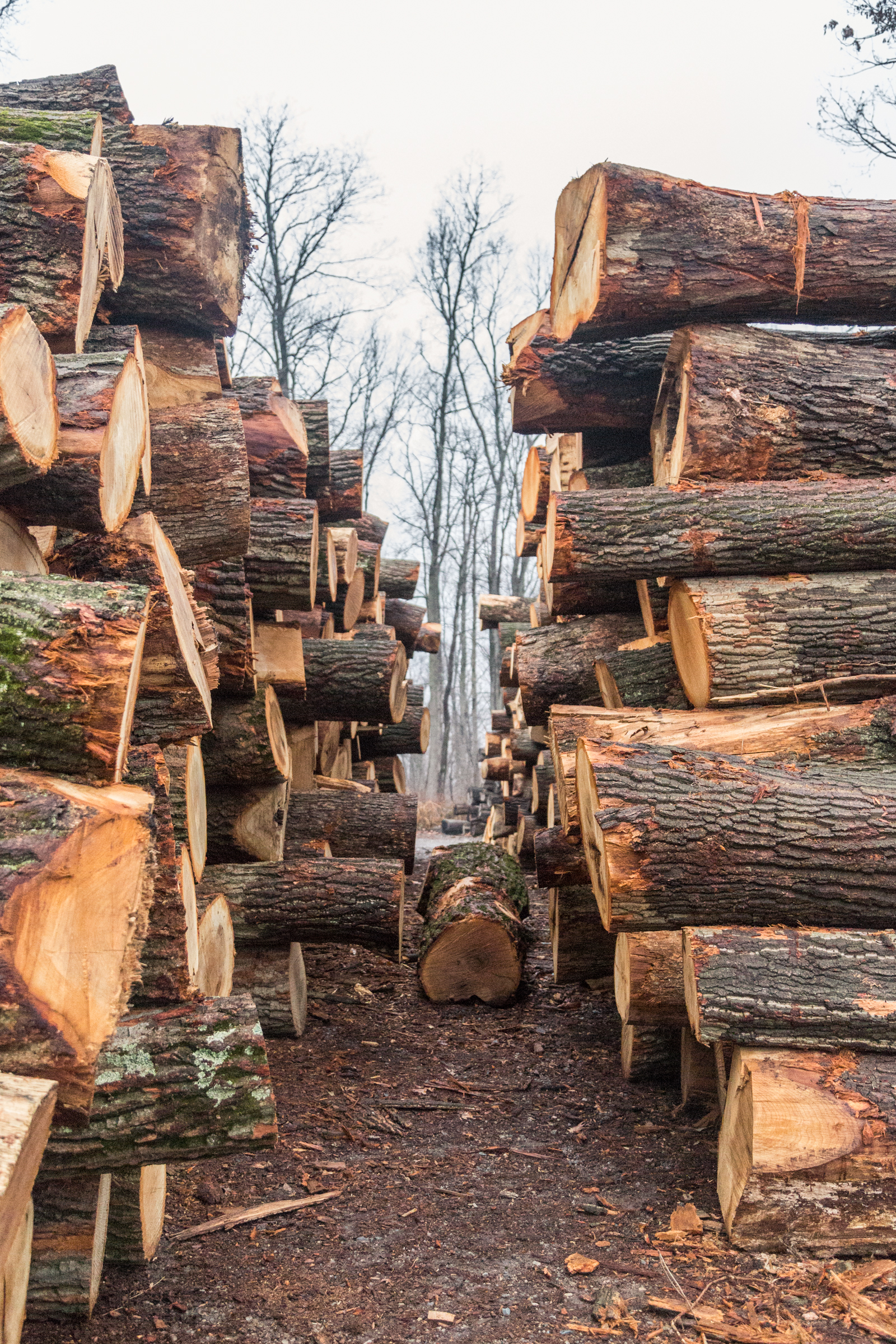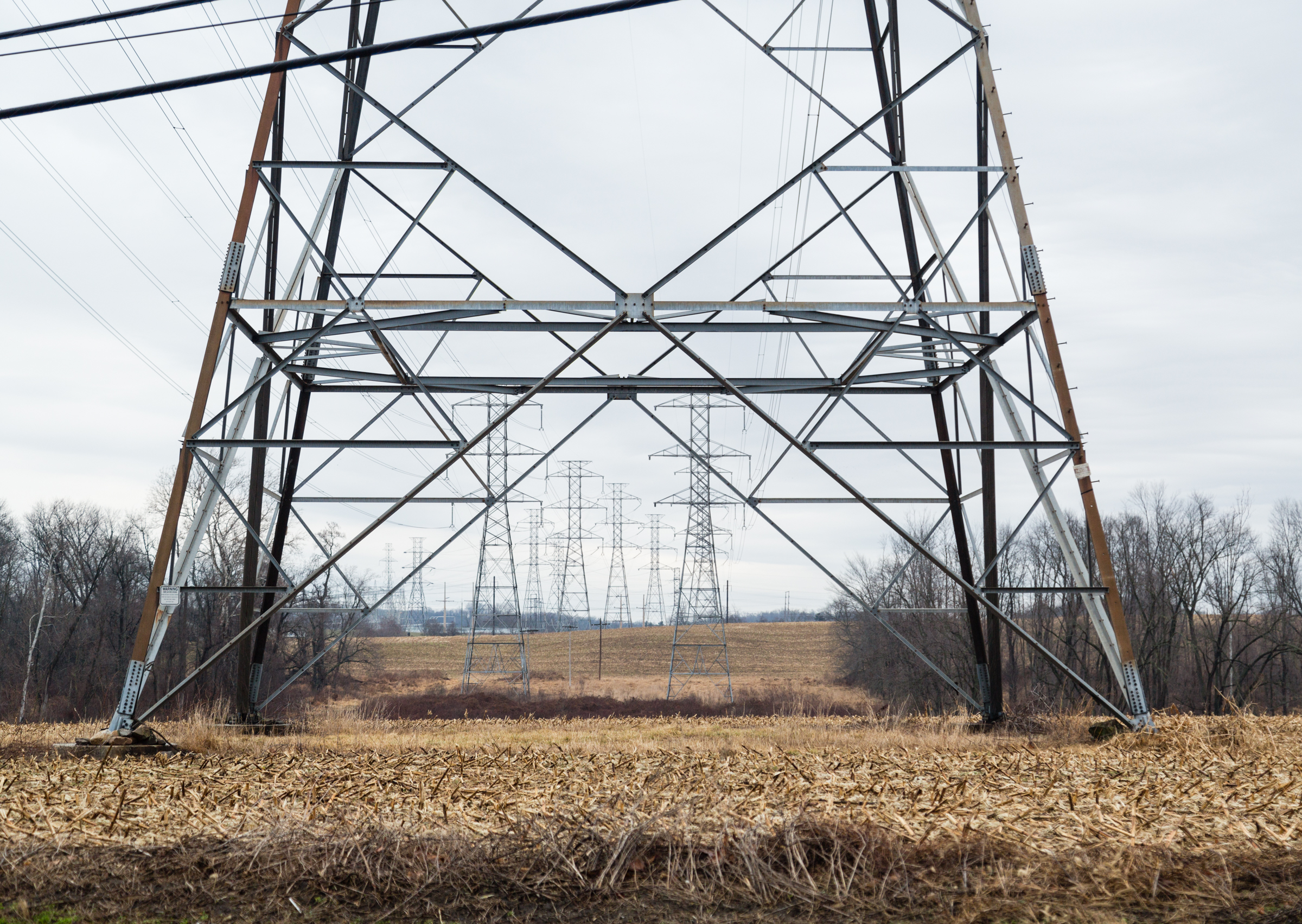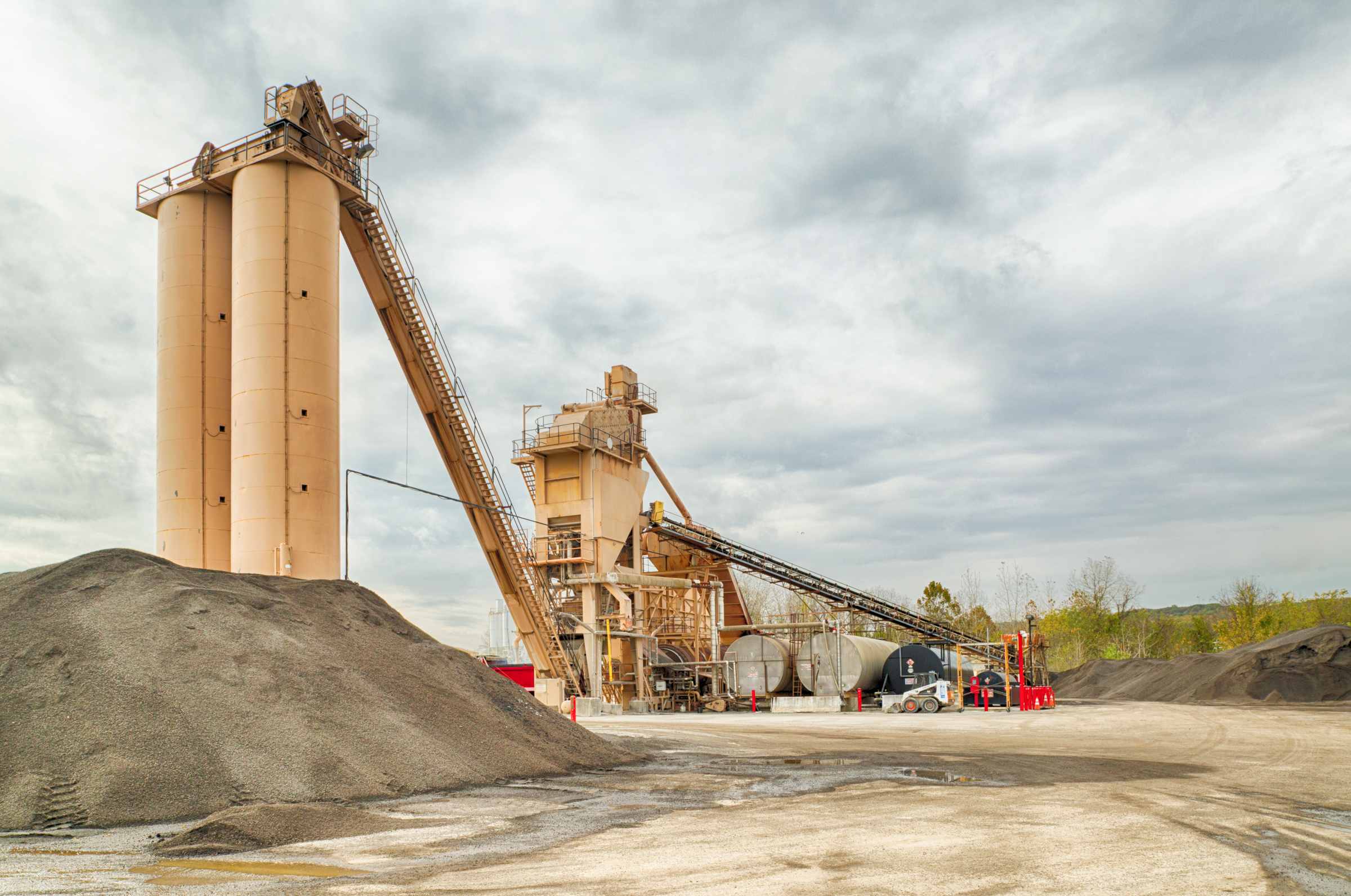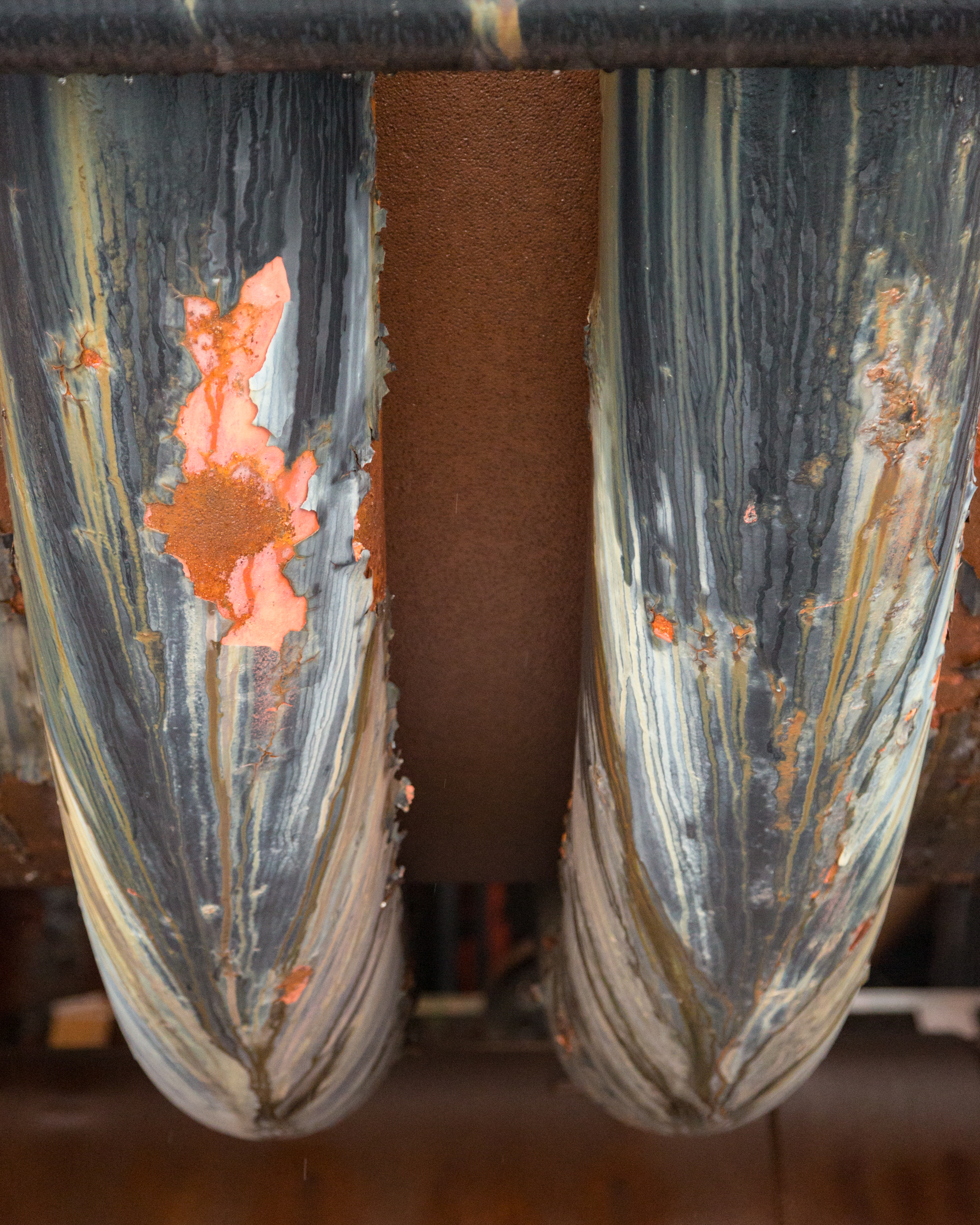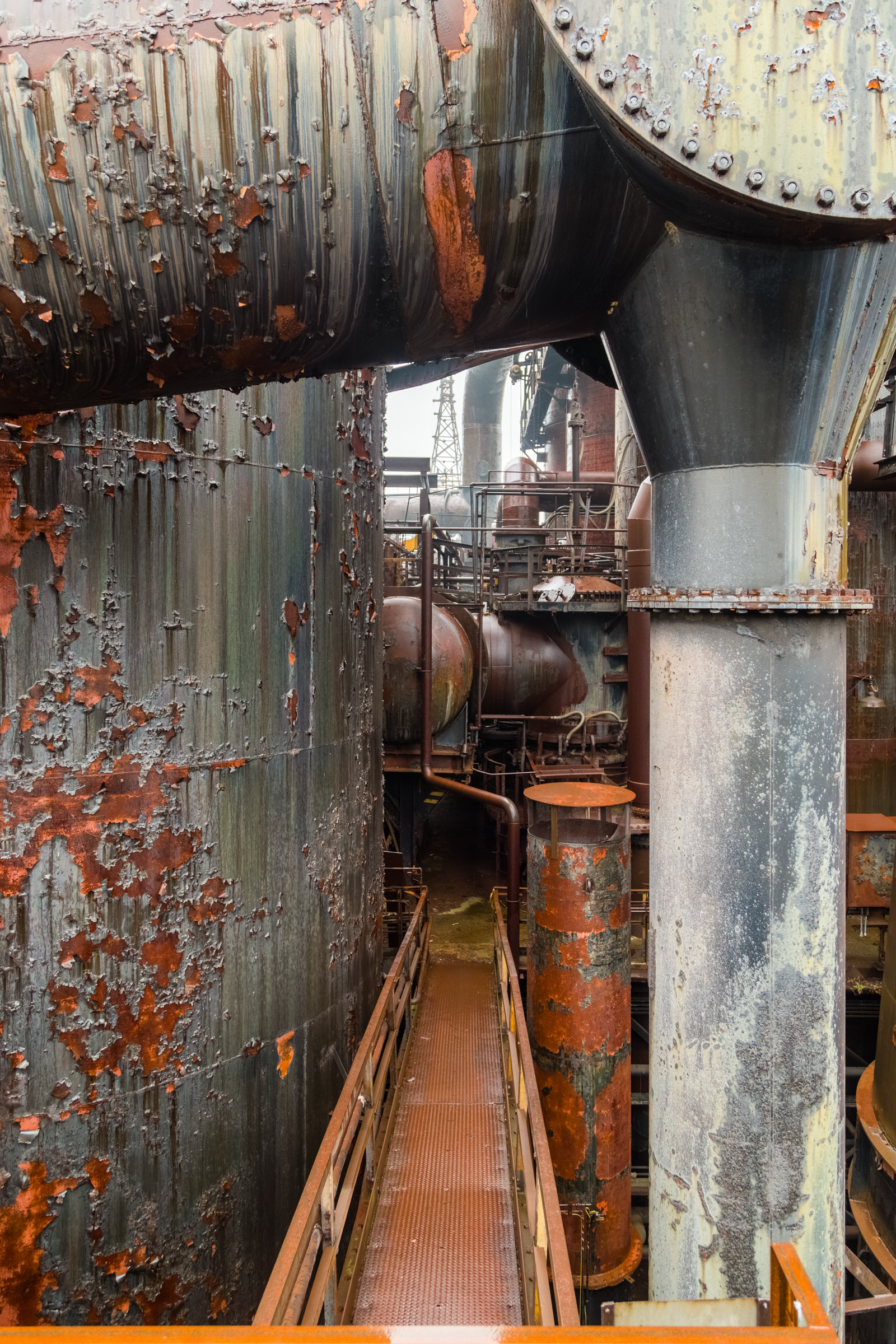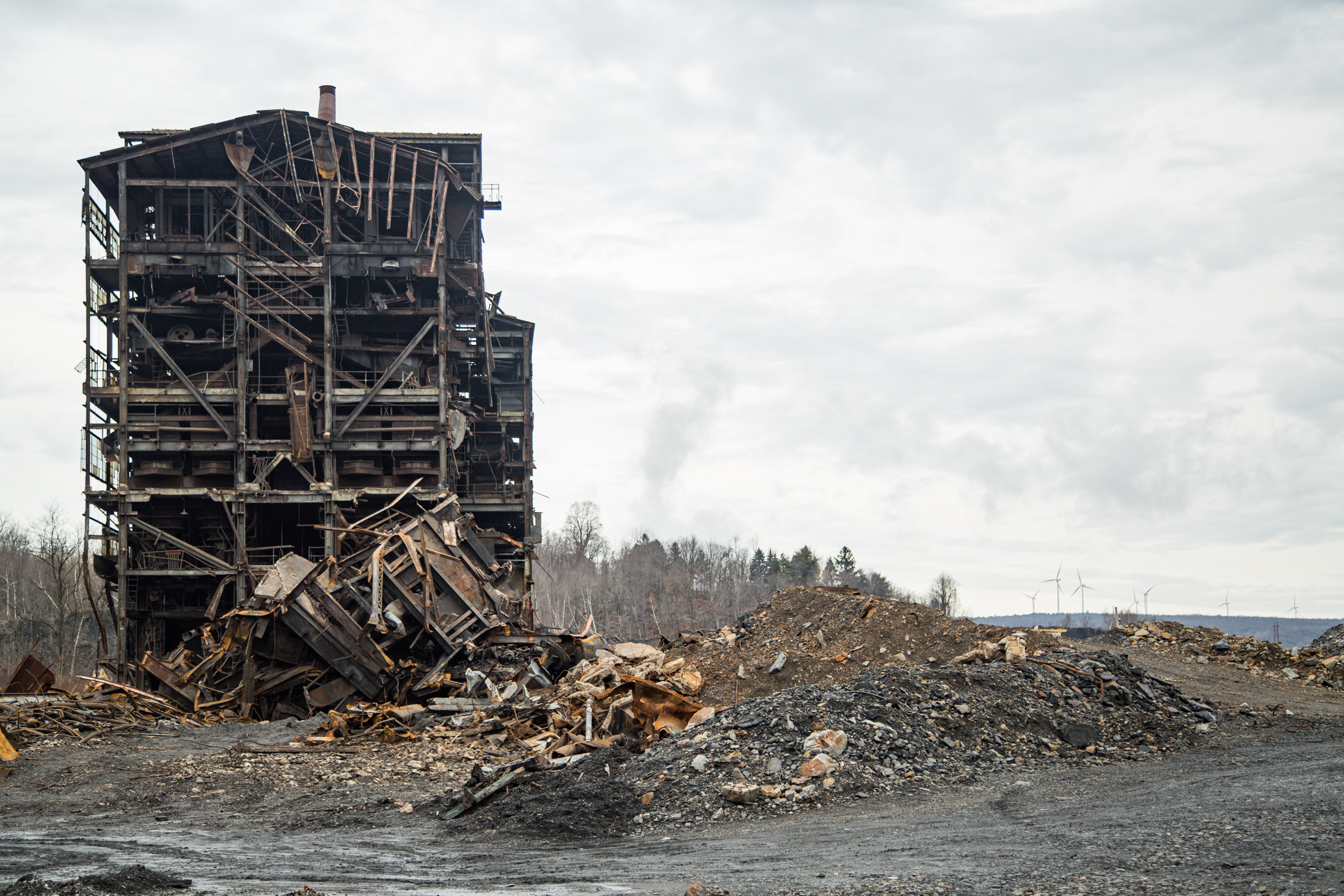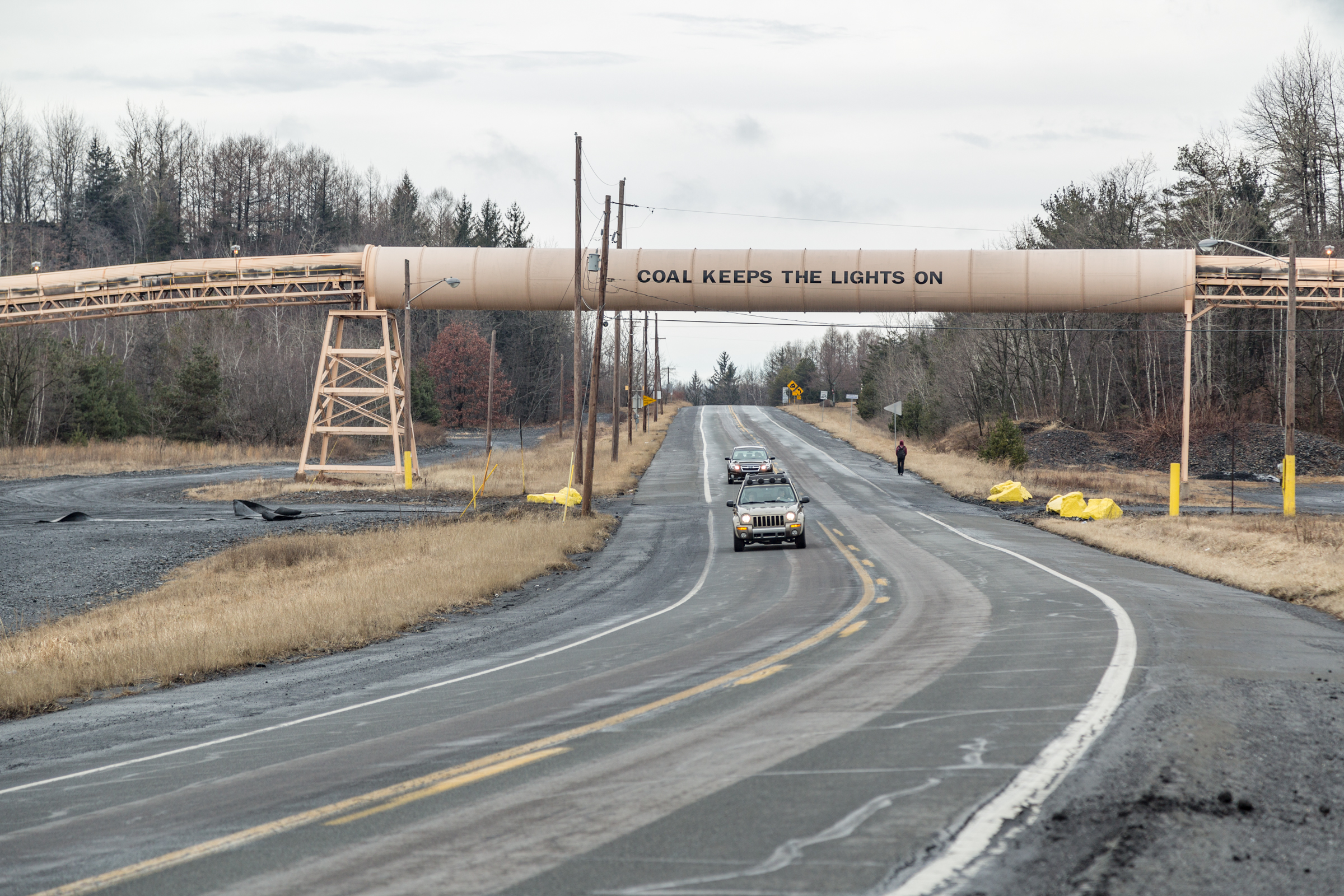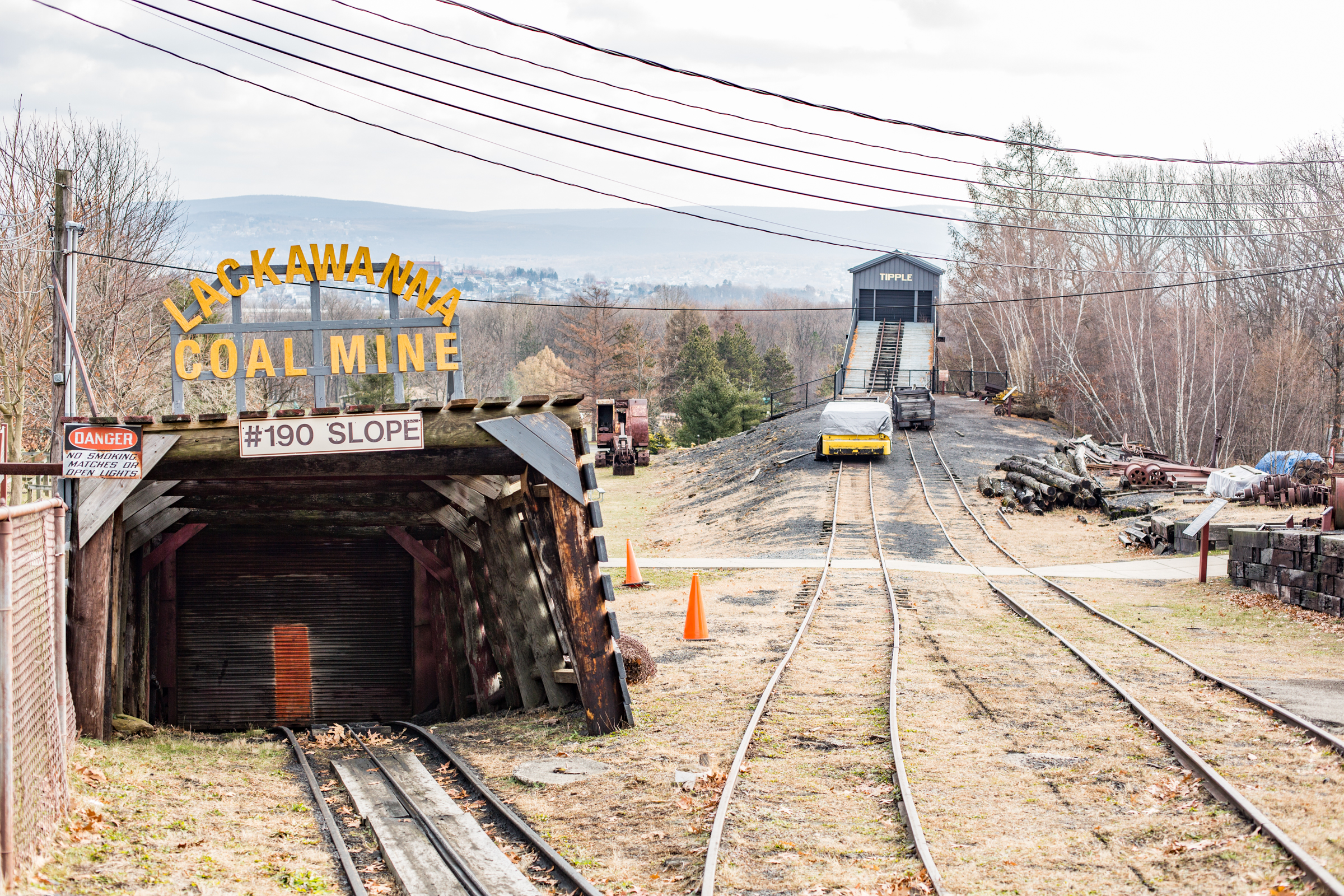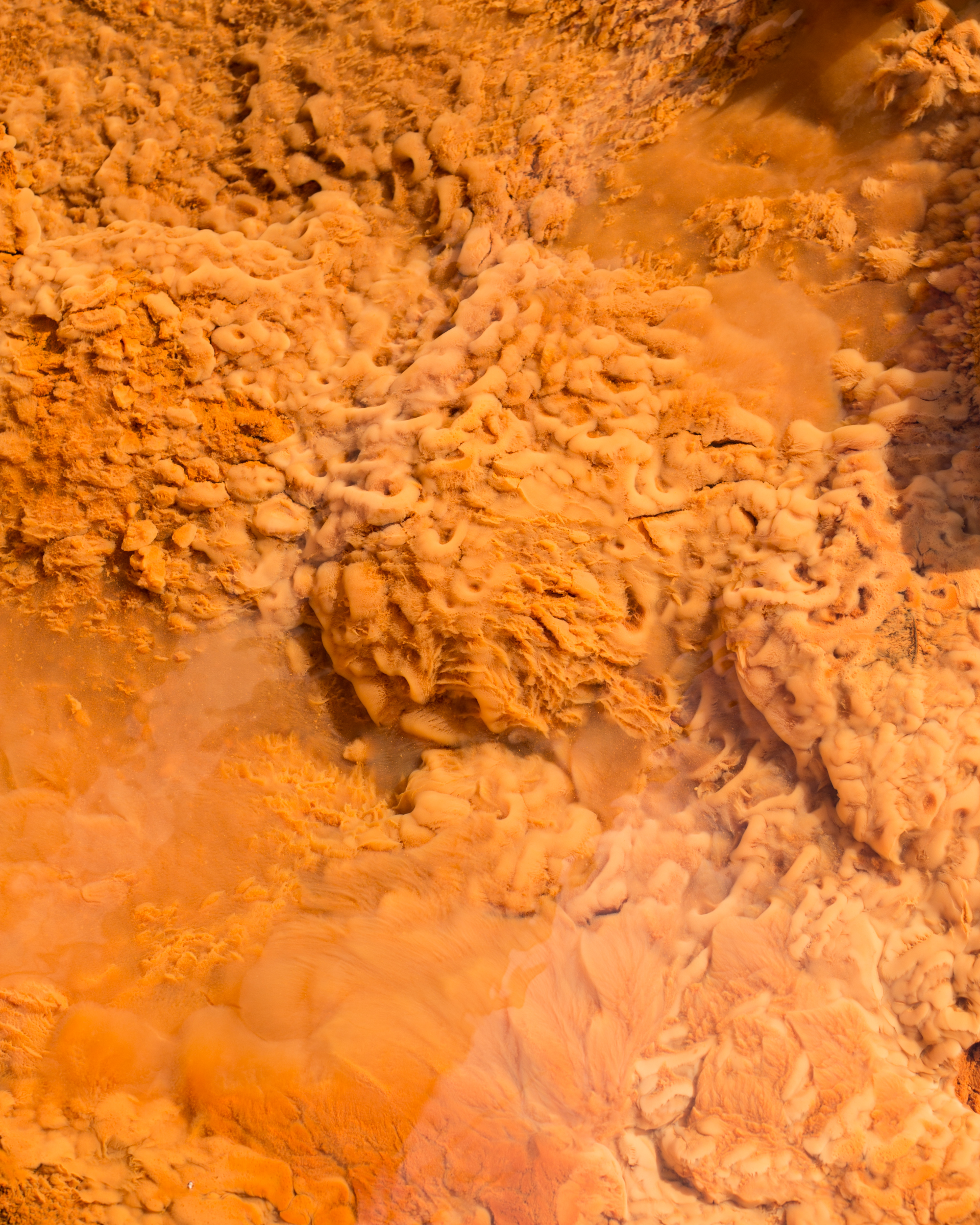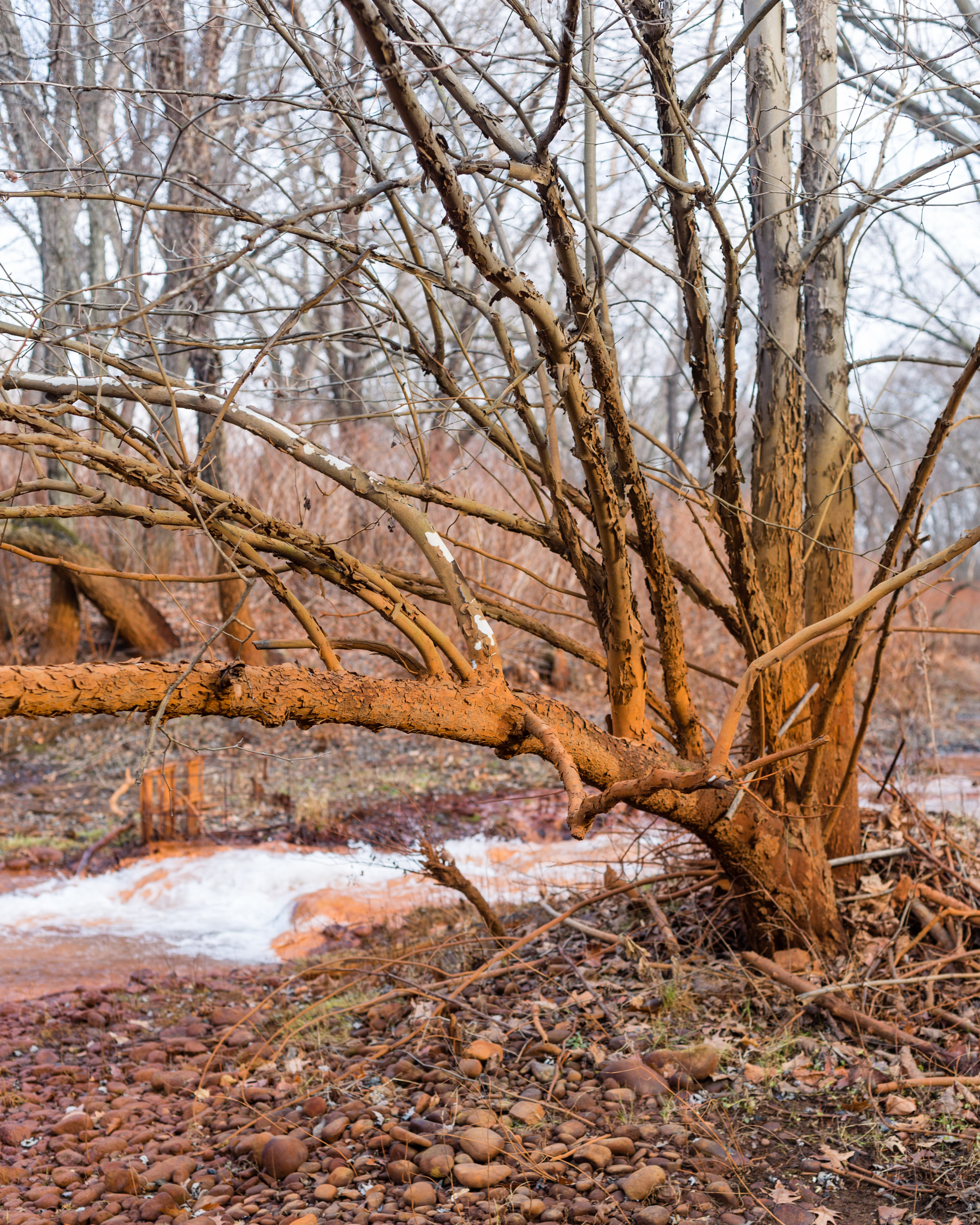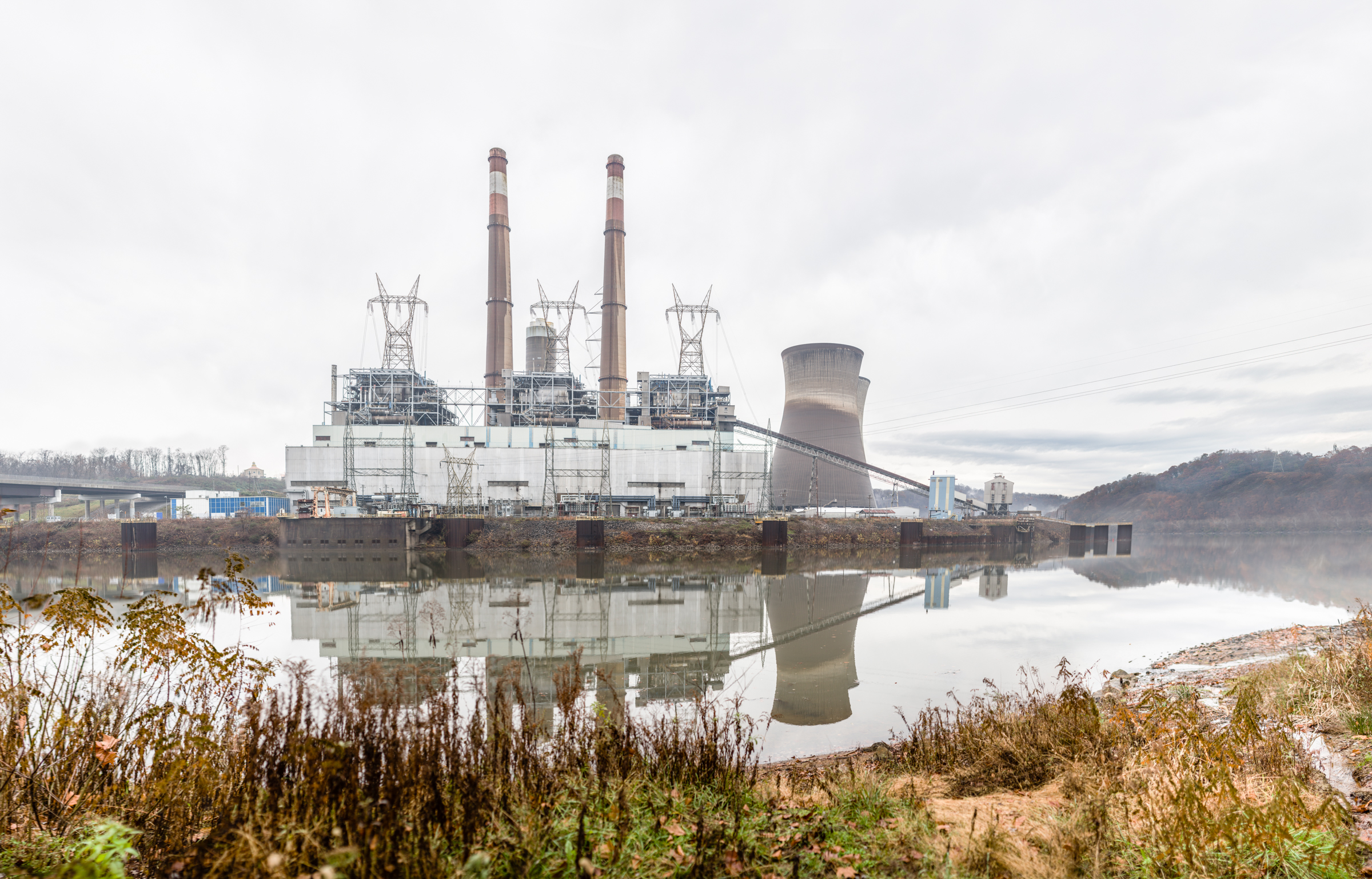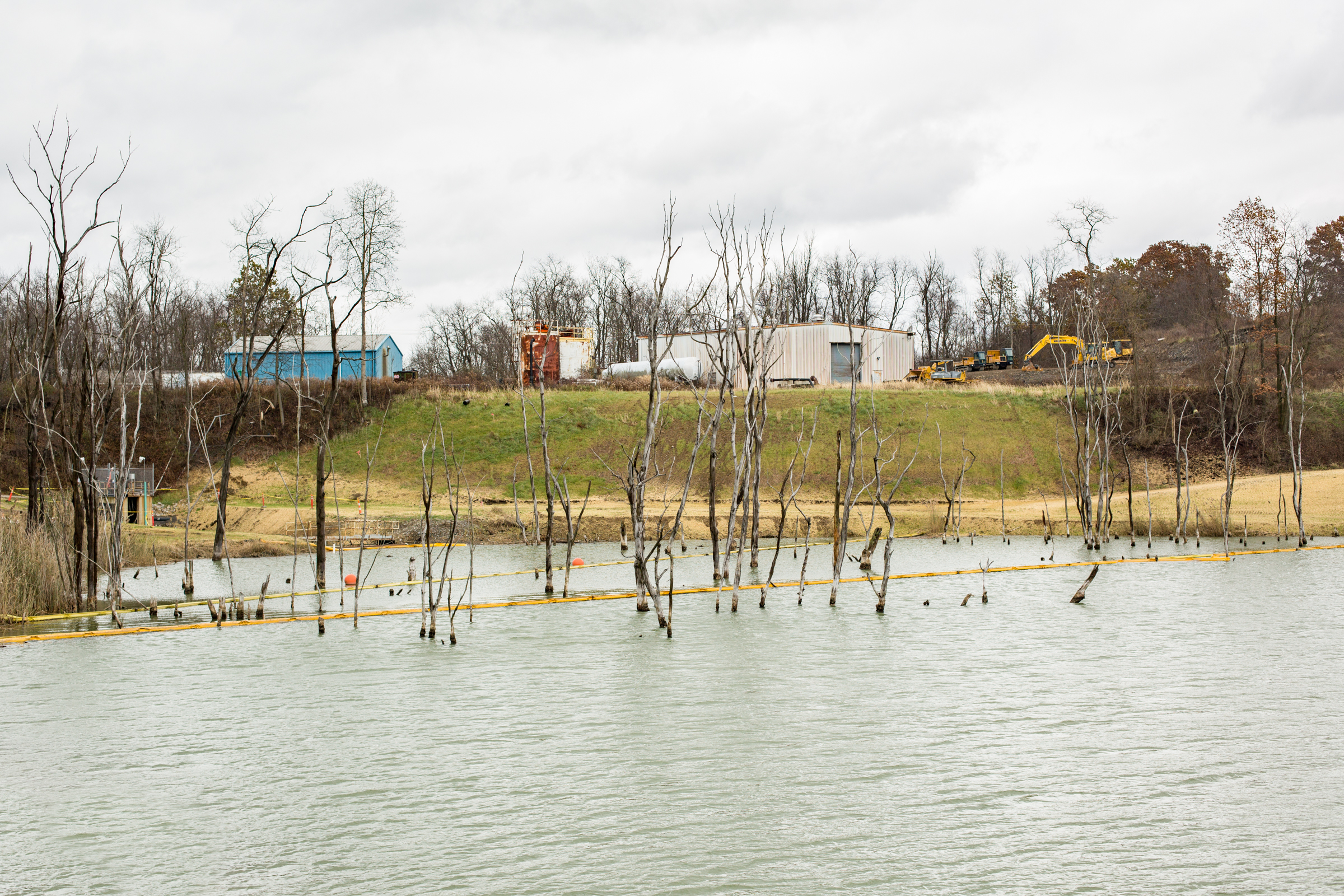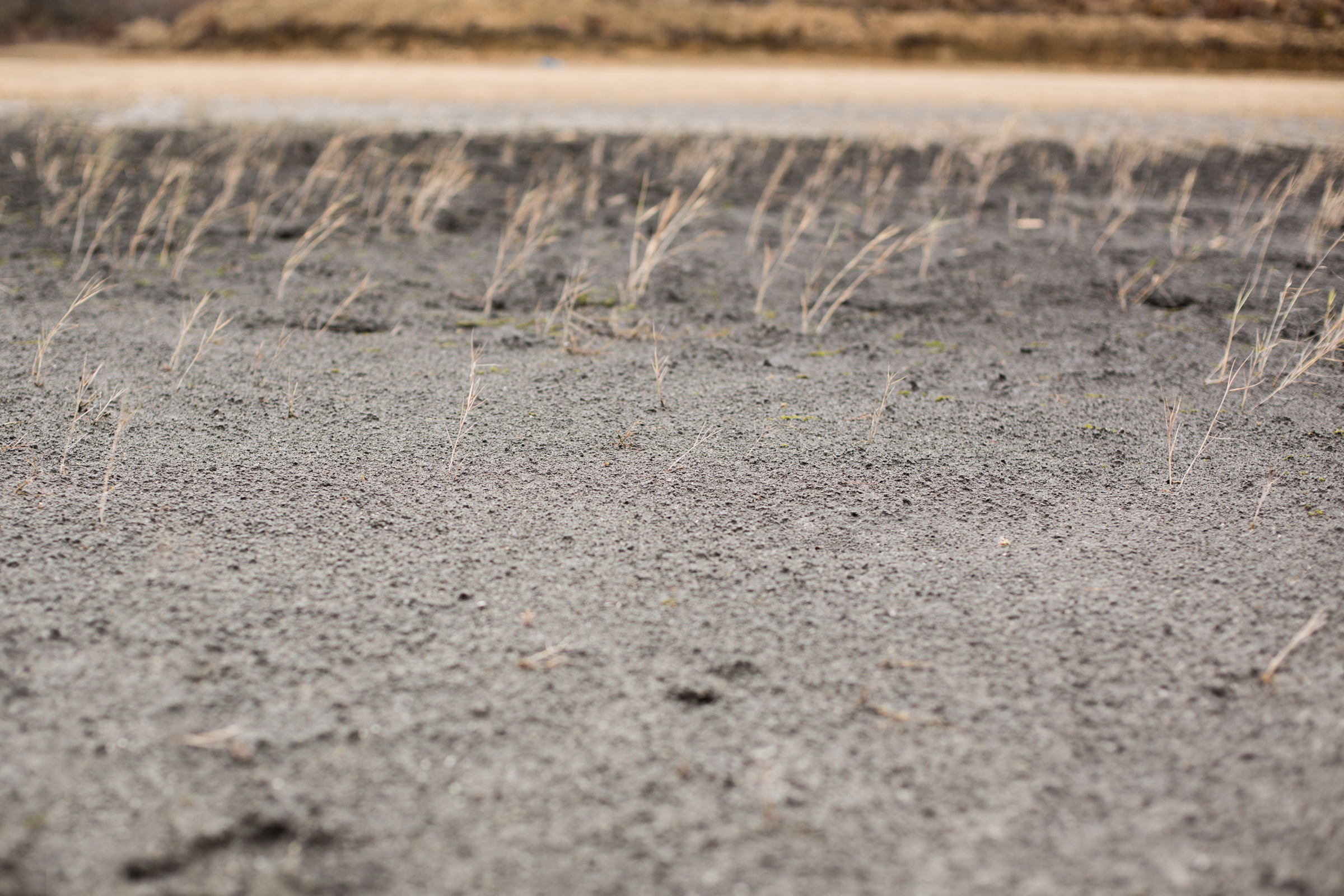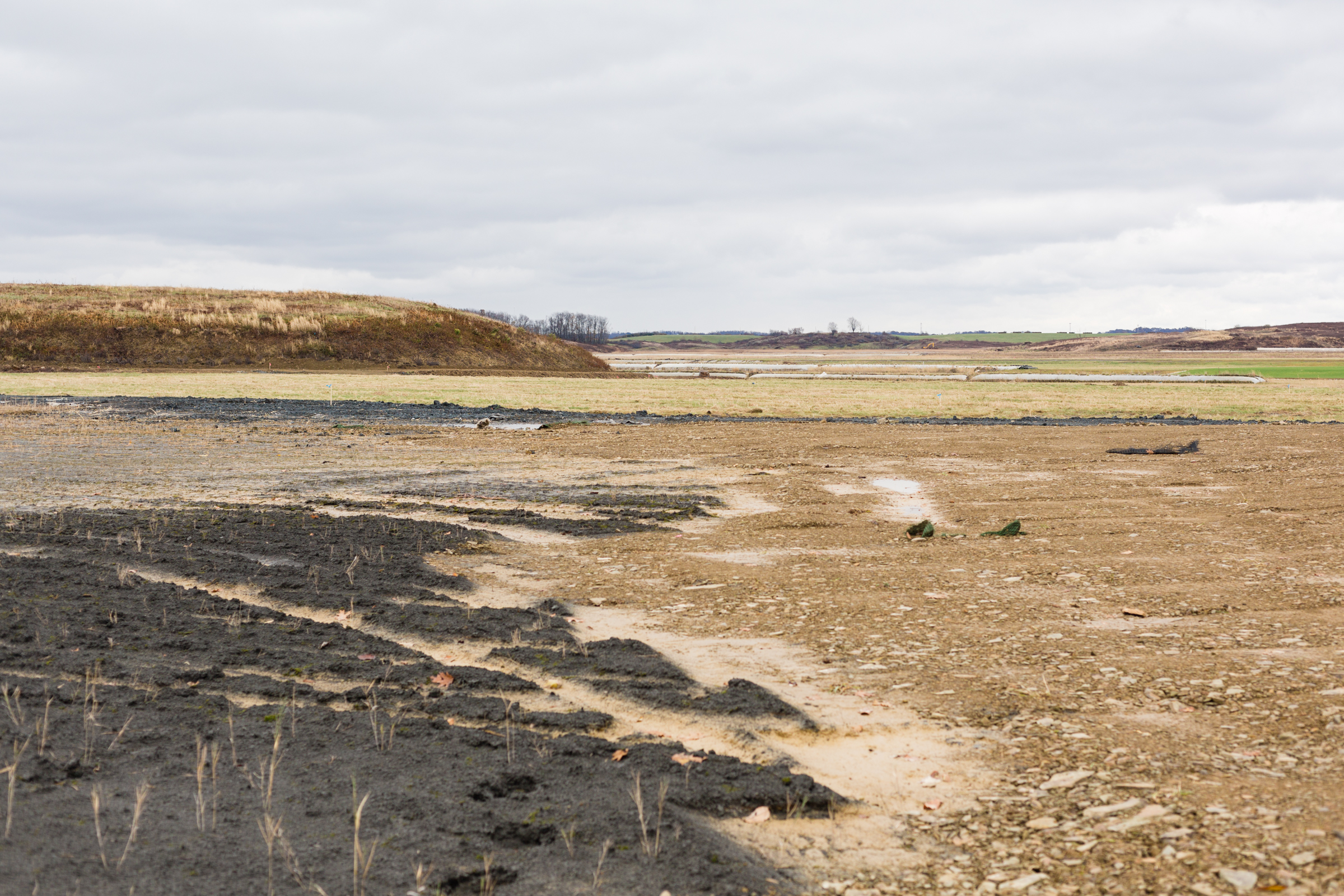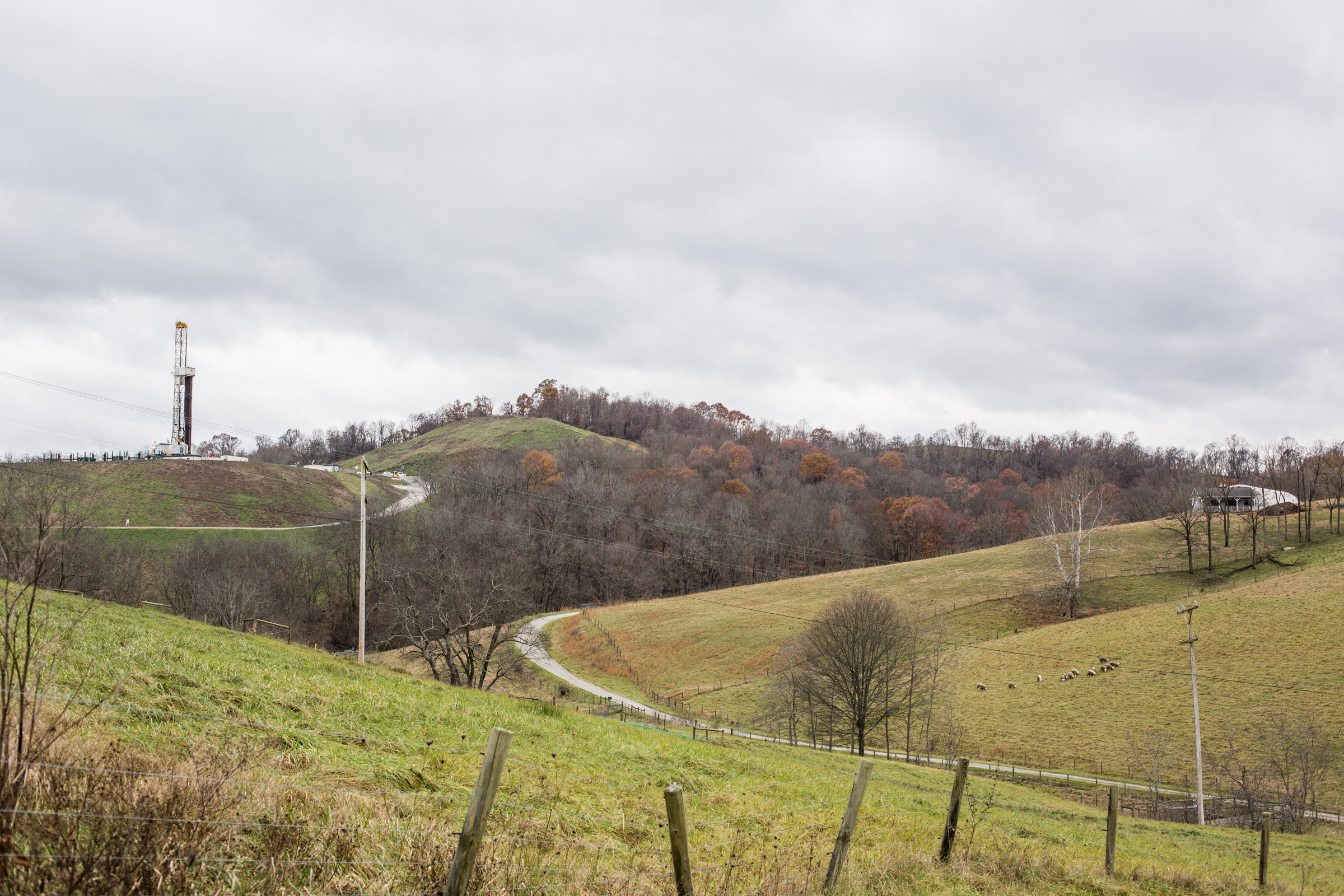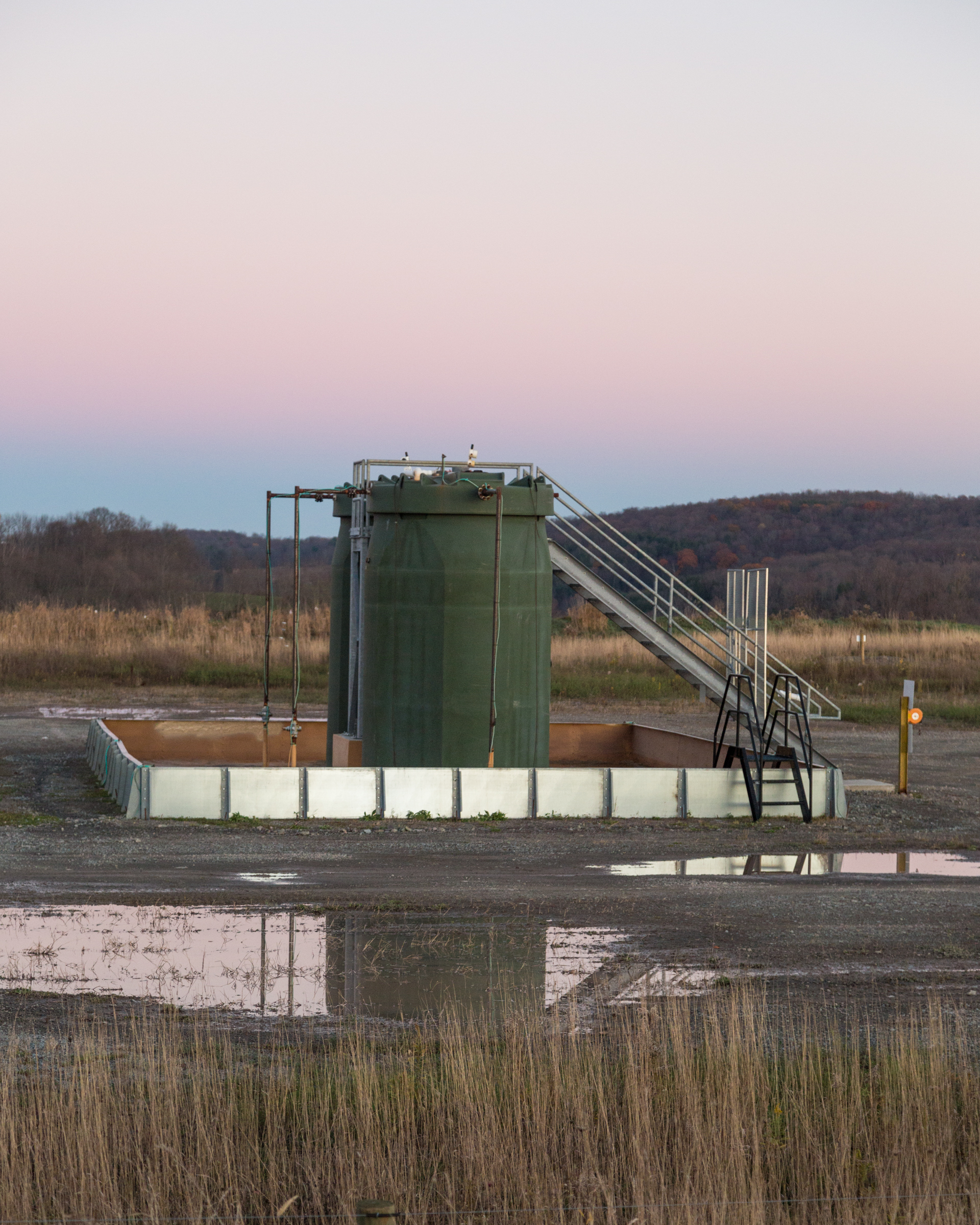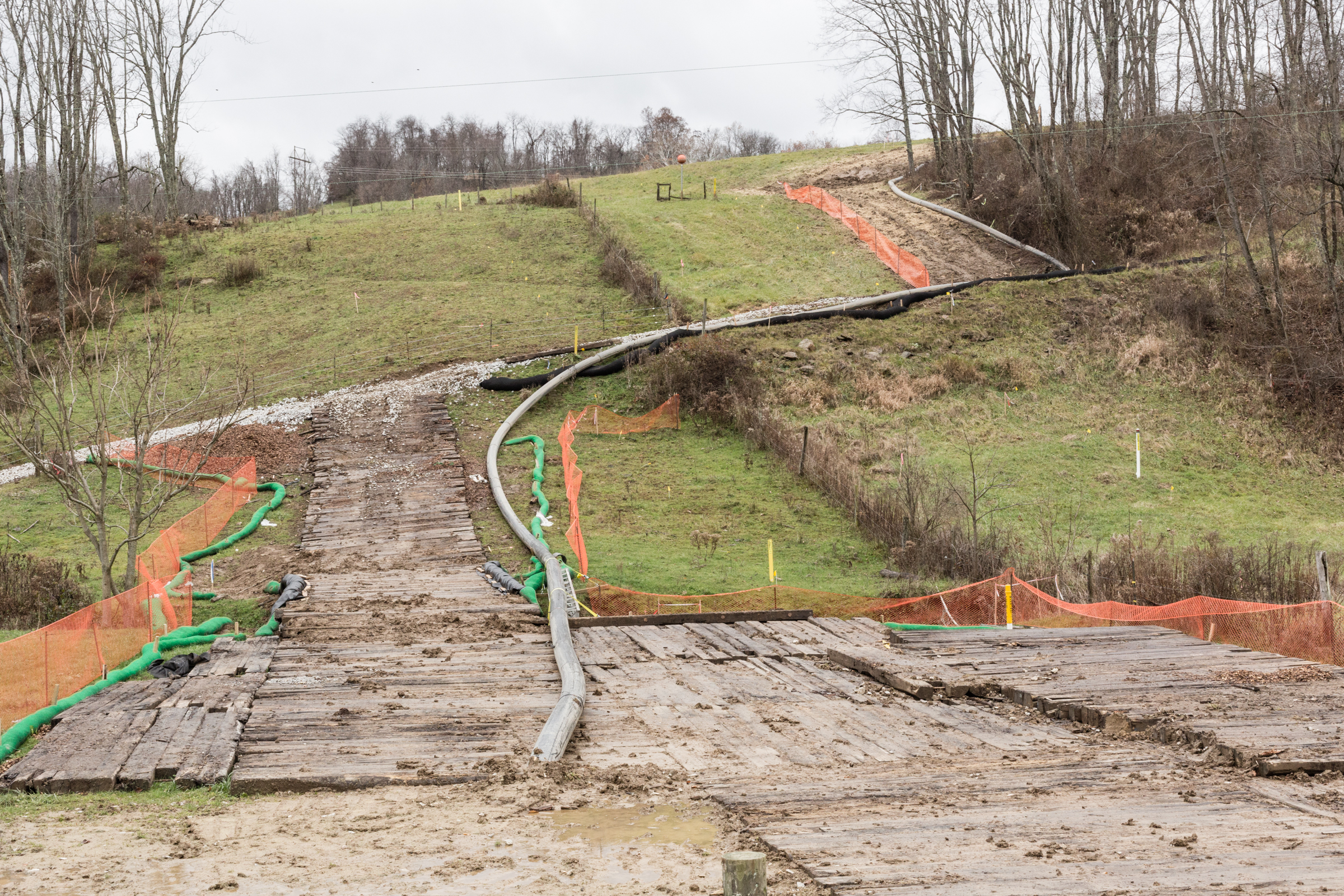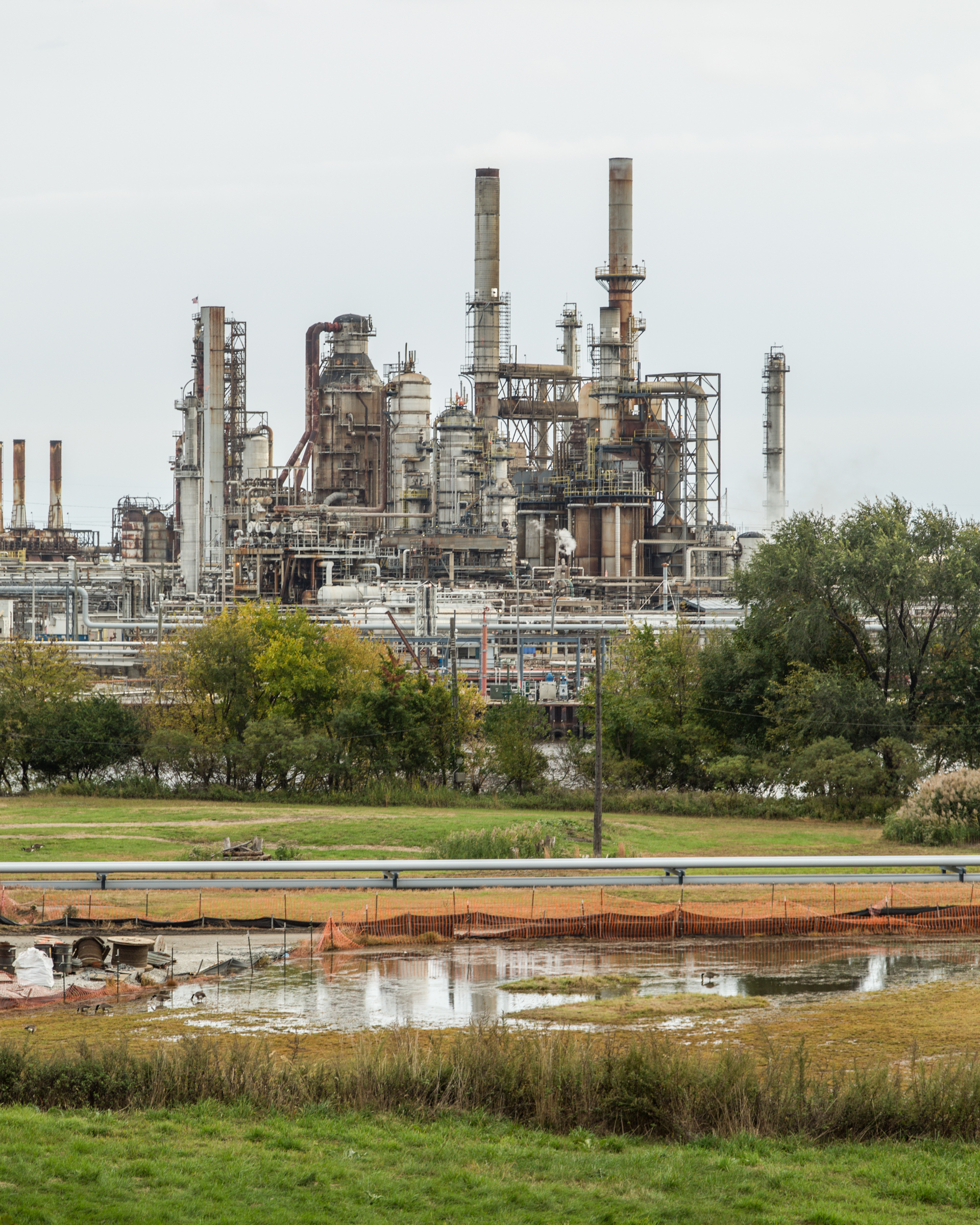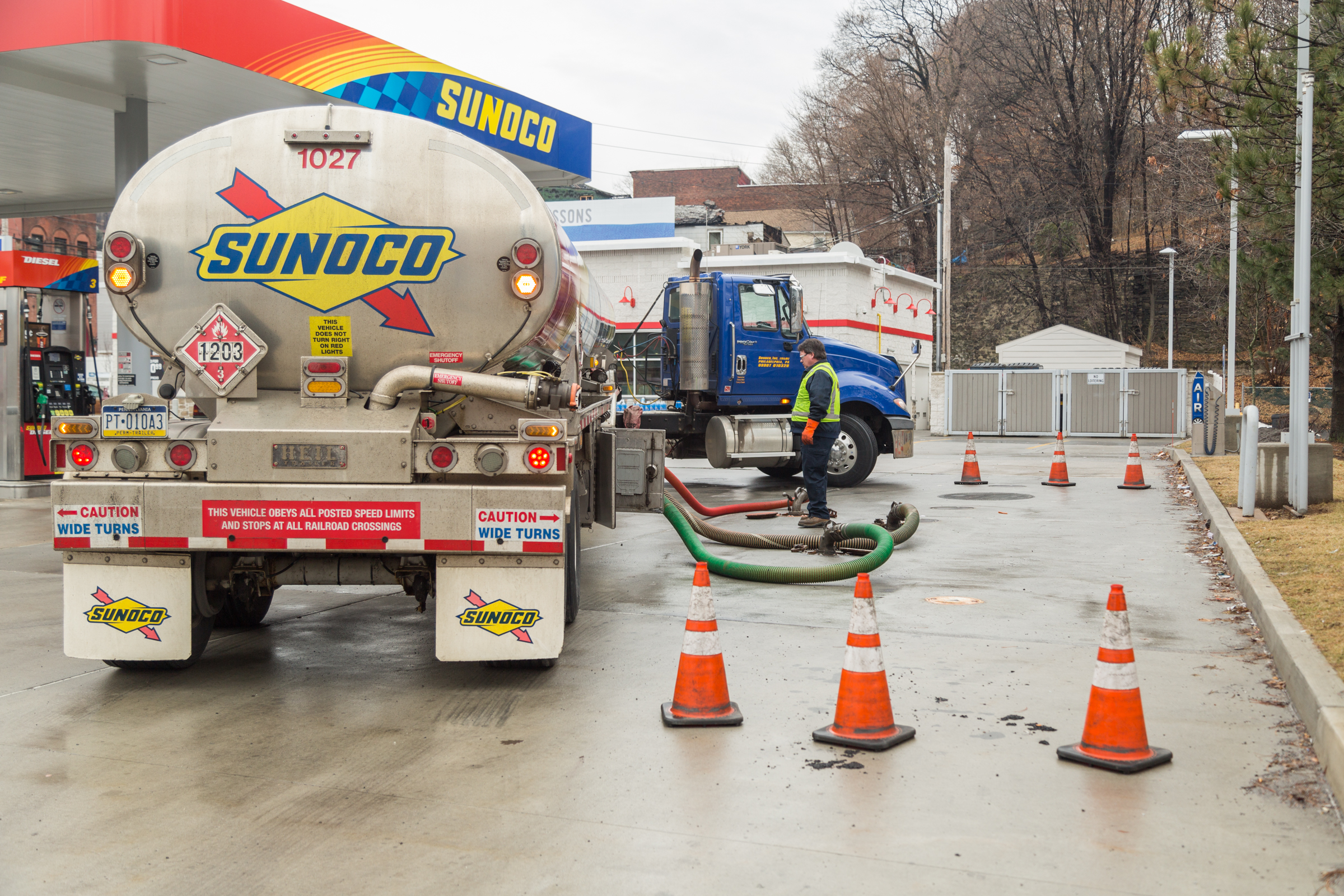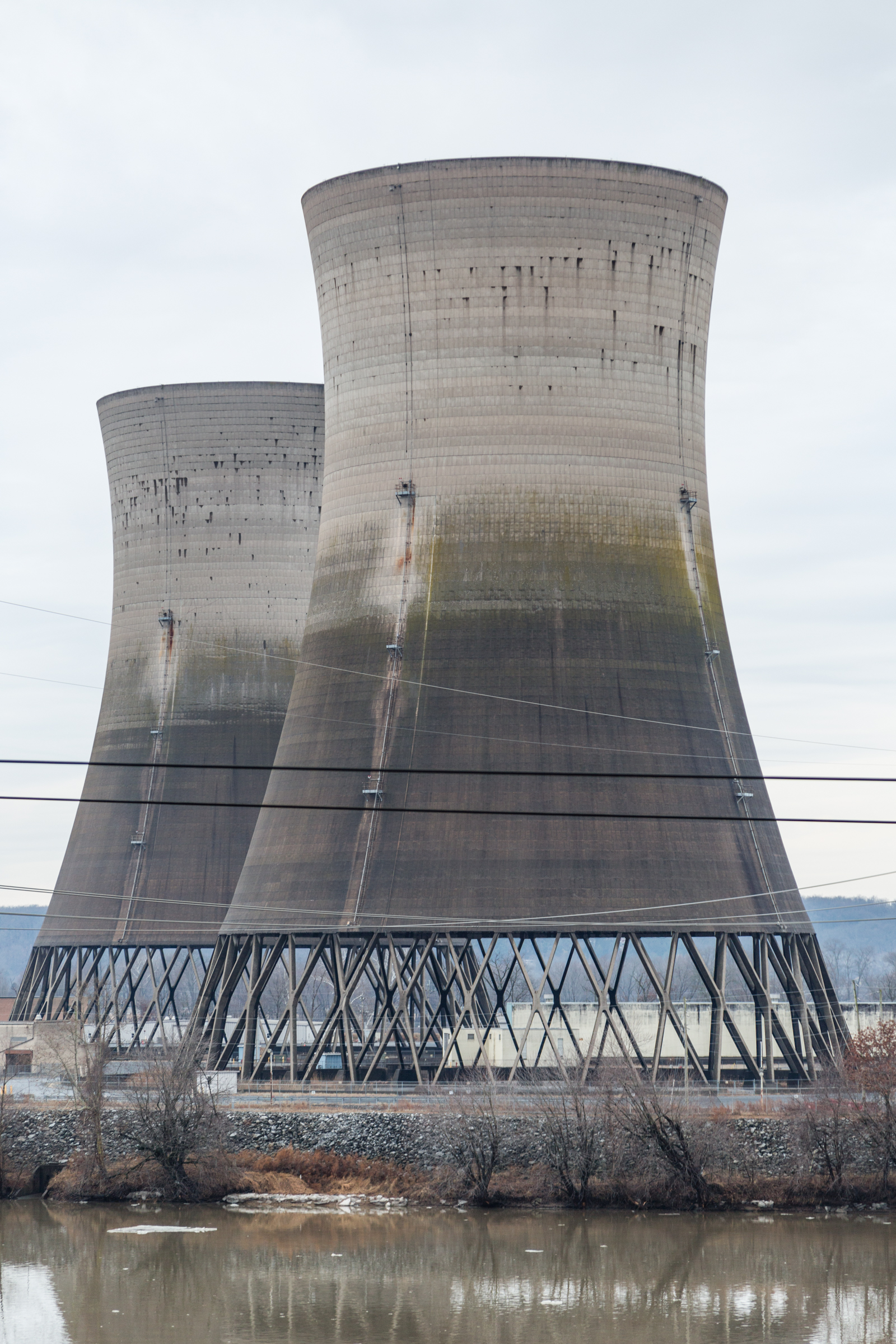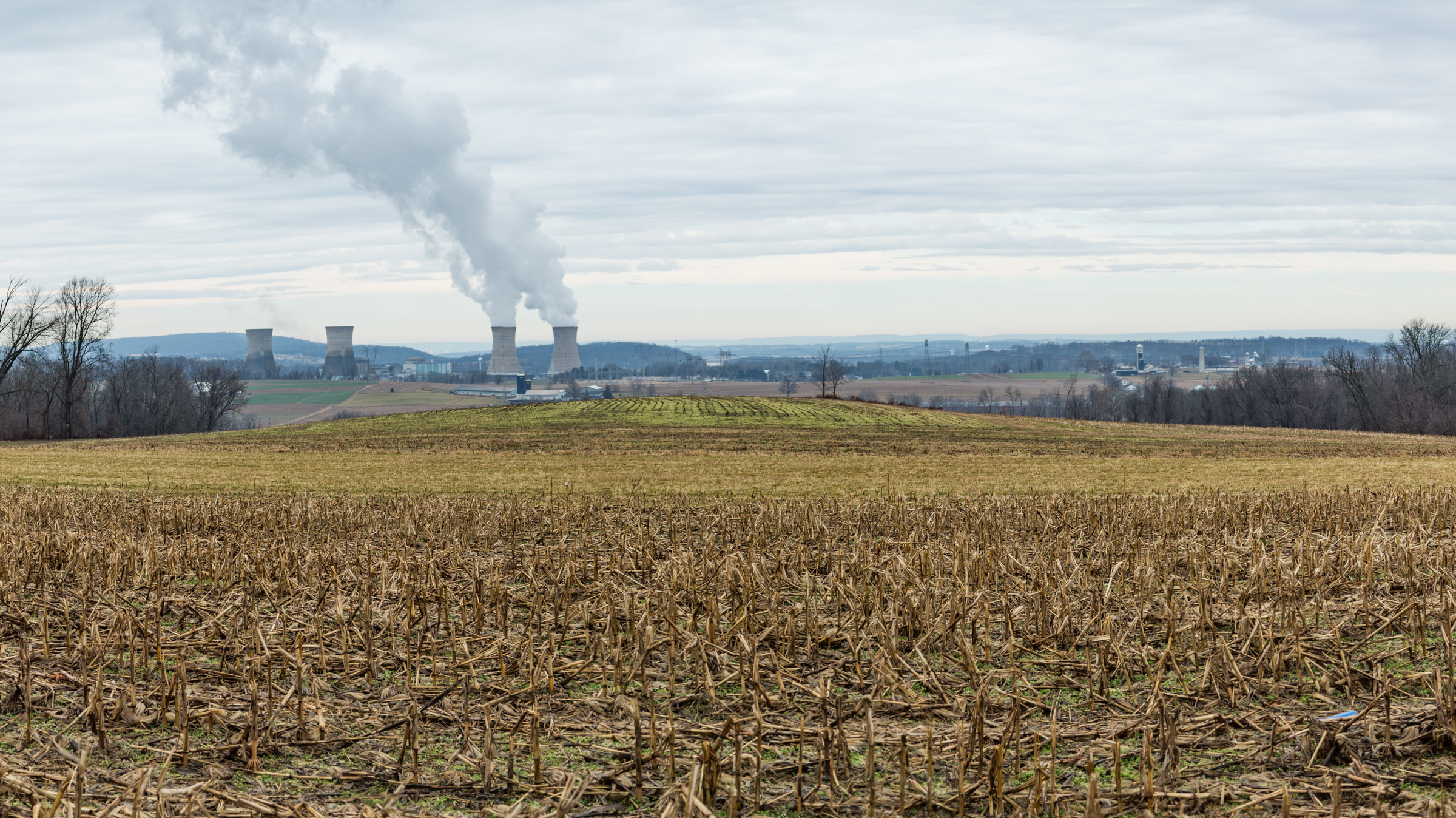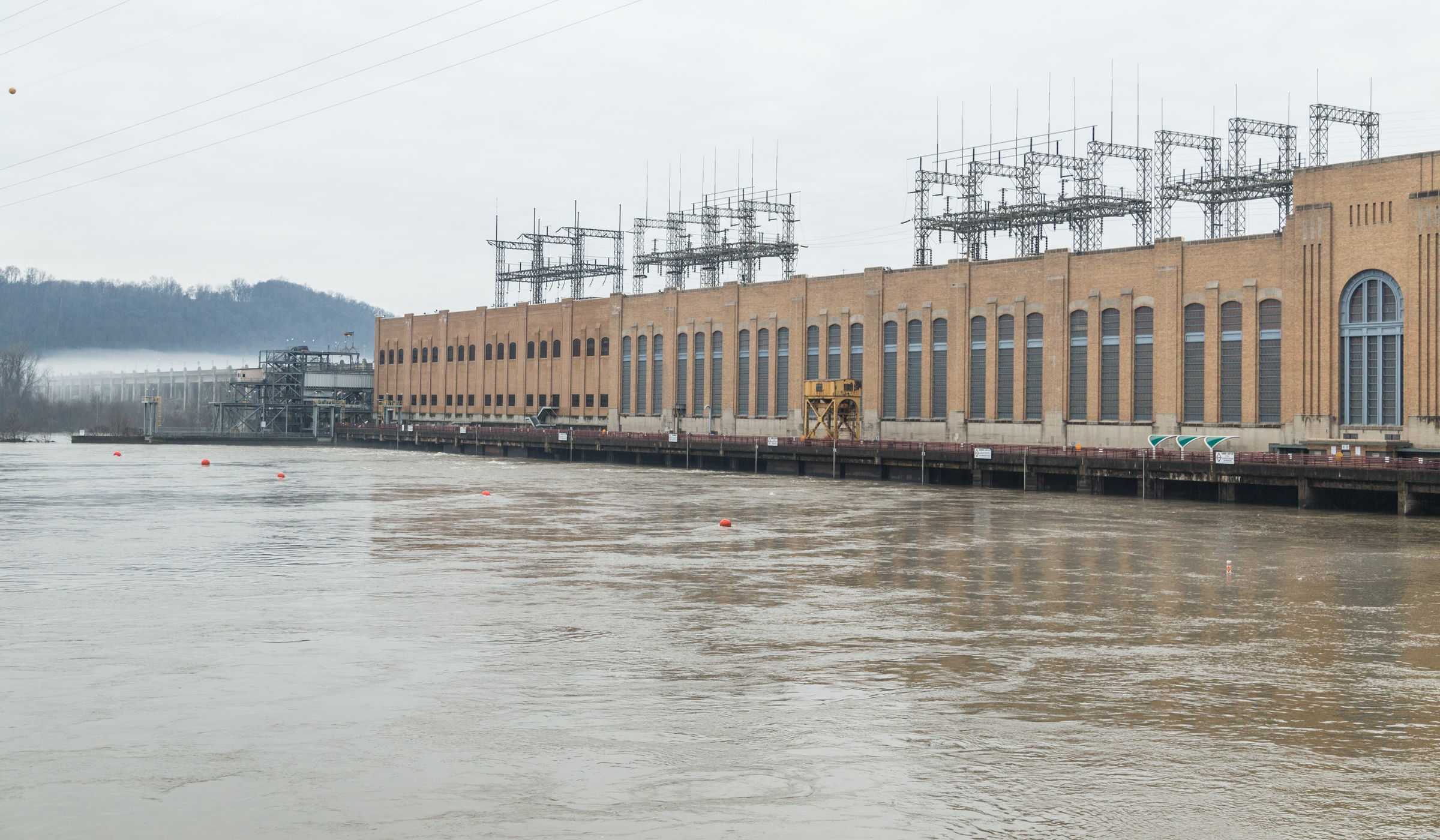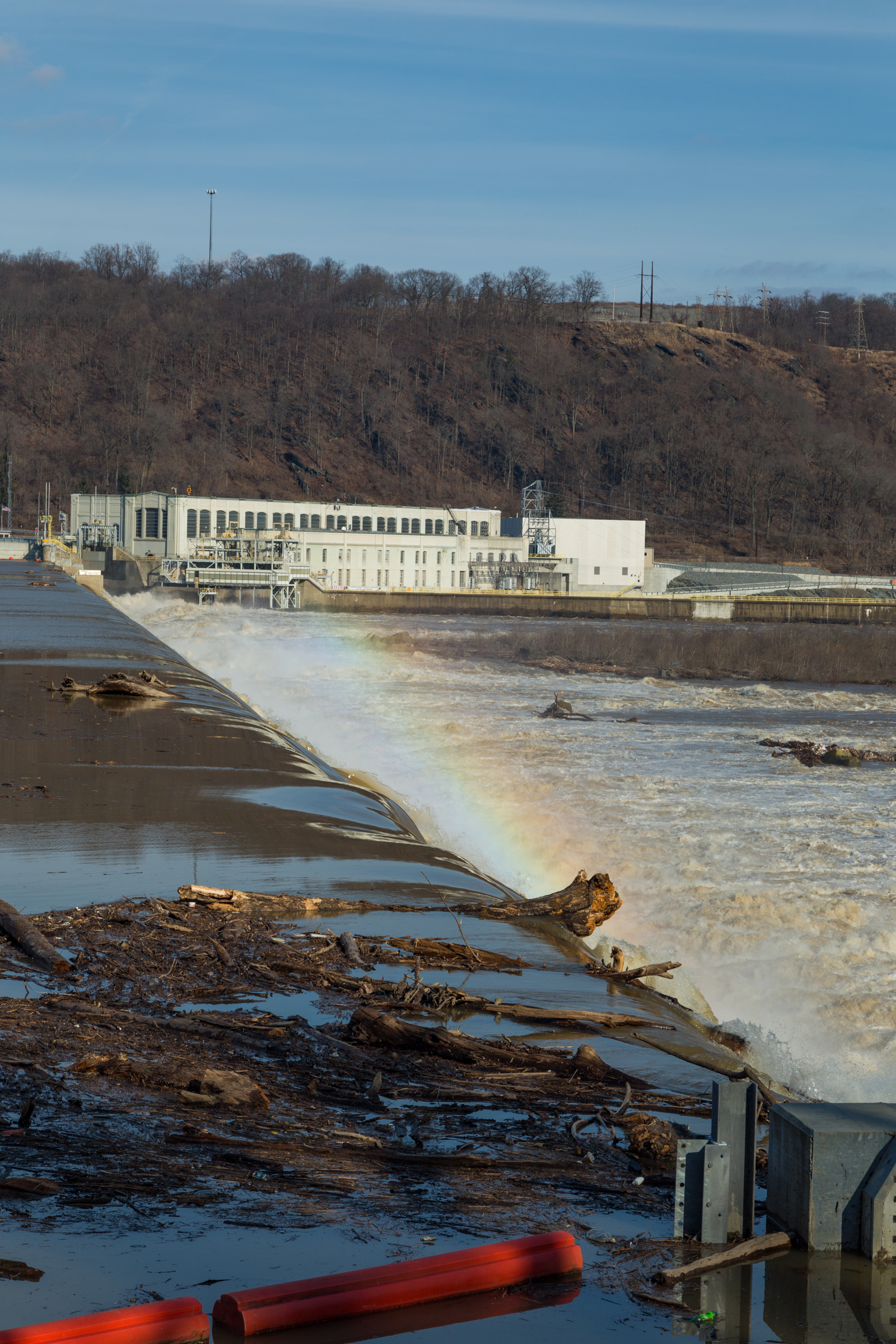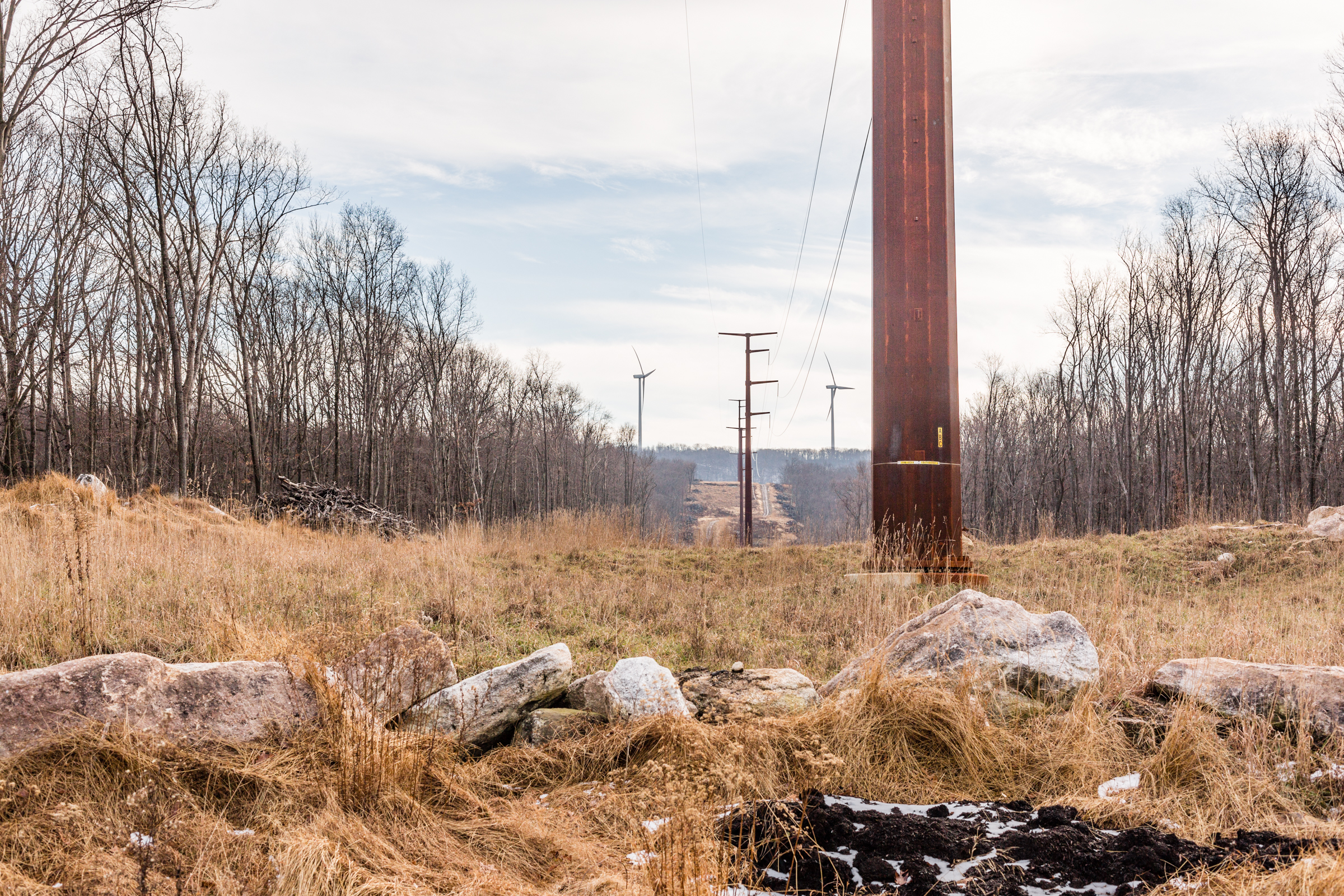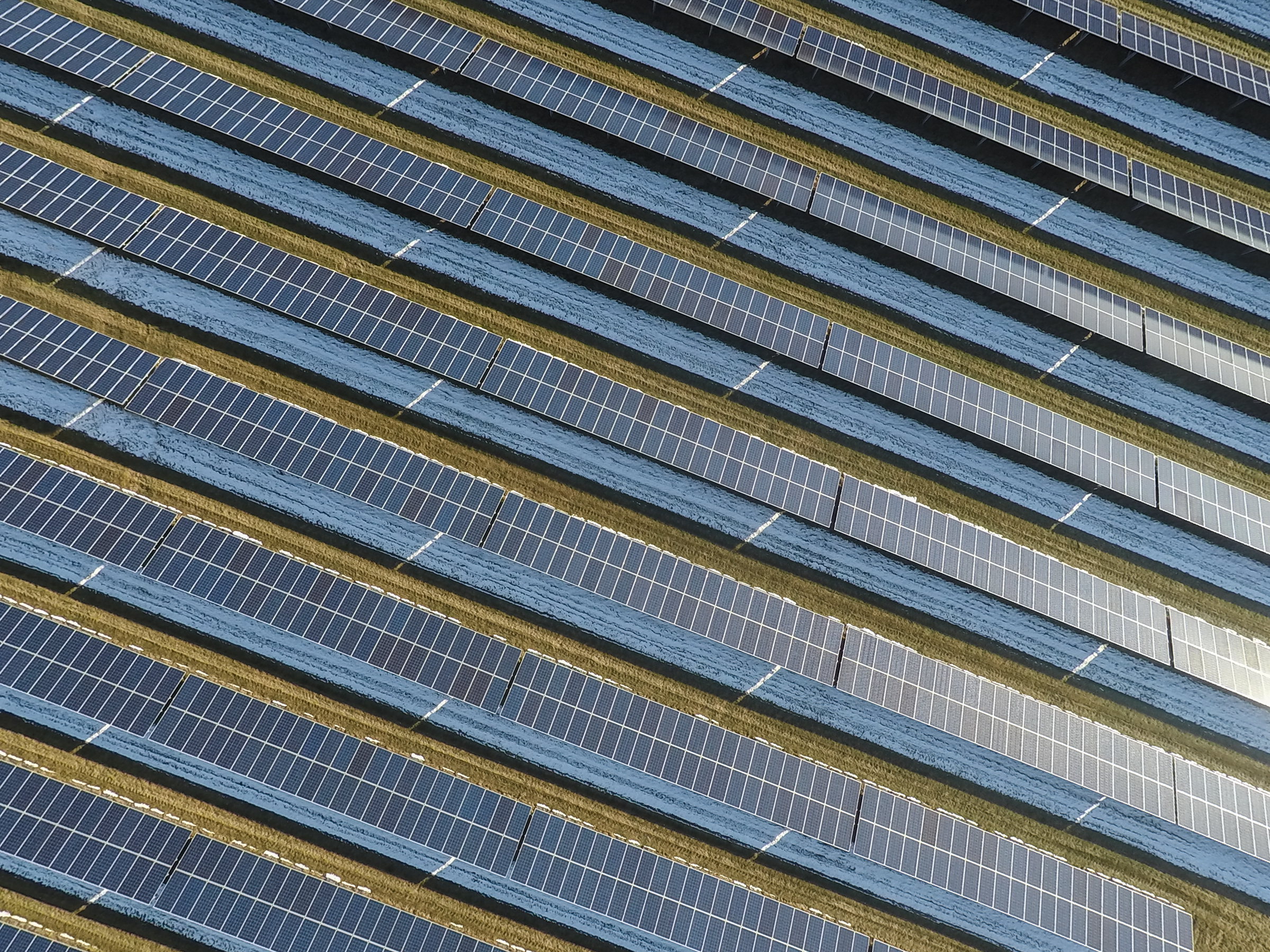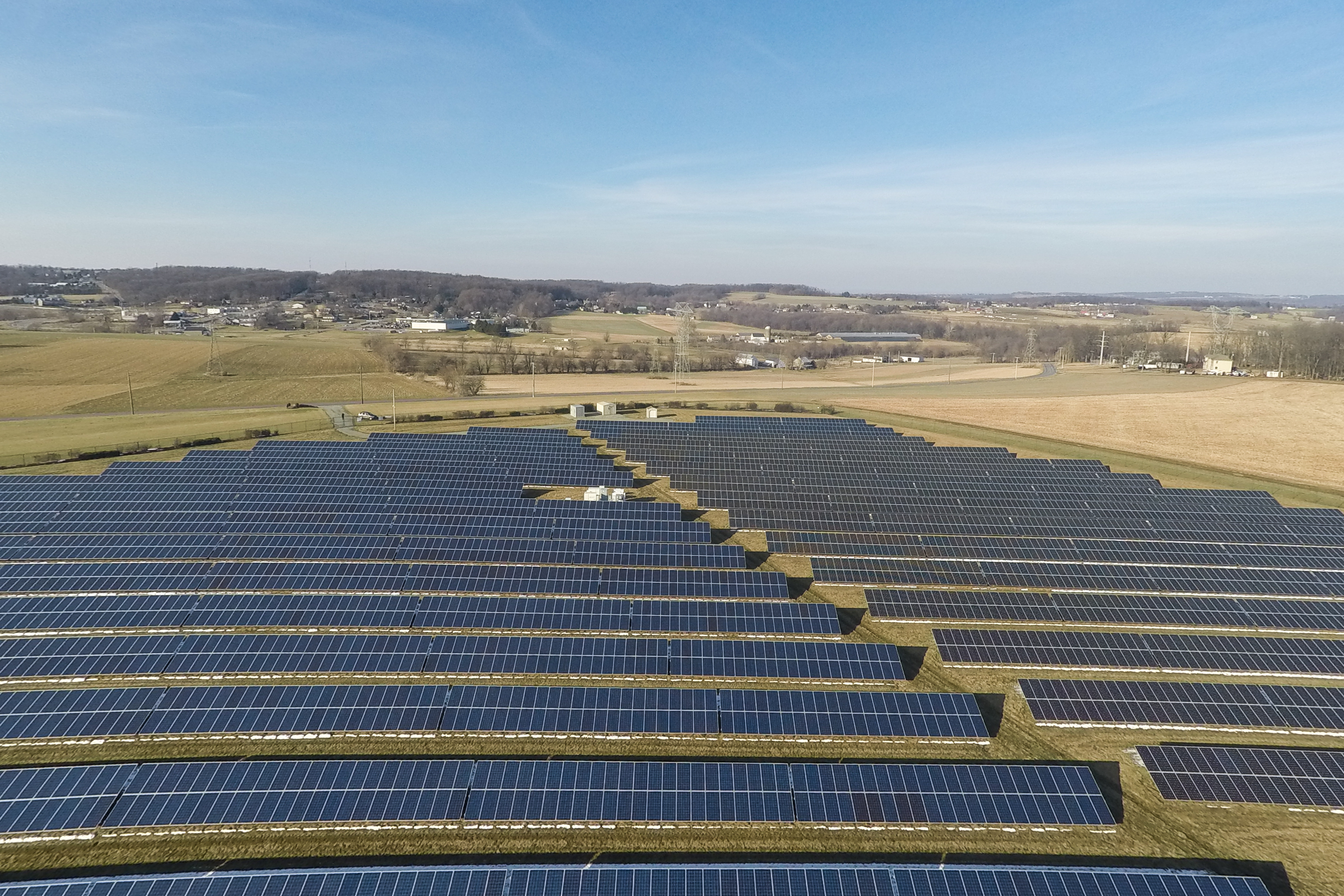Scarred PennsylvaniaPennsylvania was once covered in dense, old growth forests of white pine, eastern hemlock, and more. The trees were torn down for fuel and shelter until they found a “better” alternative. Coal mines began forming across the state. Shortly thereafter, iron ore was mined from the mountains. Soon, the rivers ran black with runoff, poisoning the drinking water. Coal was the main provider of energy until fracking began in the early 2000s. Neither of these sources of energy are clean by any means, but they are how we power our lives. This state is also home to the only nuclear power plant incident in the United Sates. Pennsylvania has since found alternative sources of energy like solar, wind, and hydroelectricity. However, these sources are still a small percentage of Pennsylvania’s energy production. PA continues to frack for oil and mine for coal, polluting the nearby water supply. Scarred Pennsylvania highlights the positives and negatives in extraction industry and energy production in Pennsylvania. Renewable energy is possible in Pennsylvania and should be used more frequently, if not all the time.

